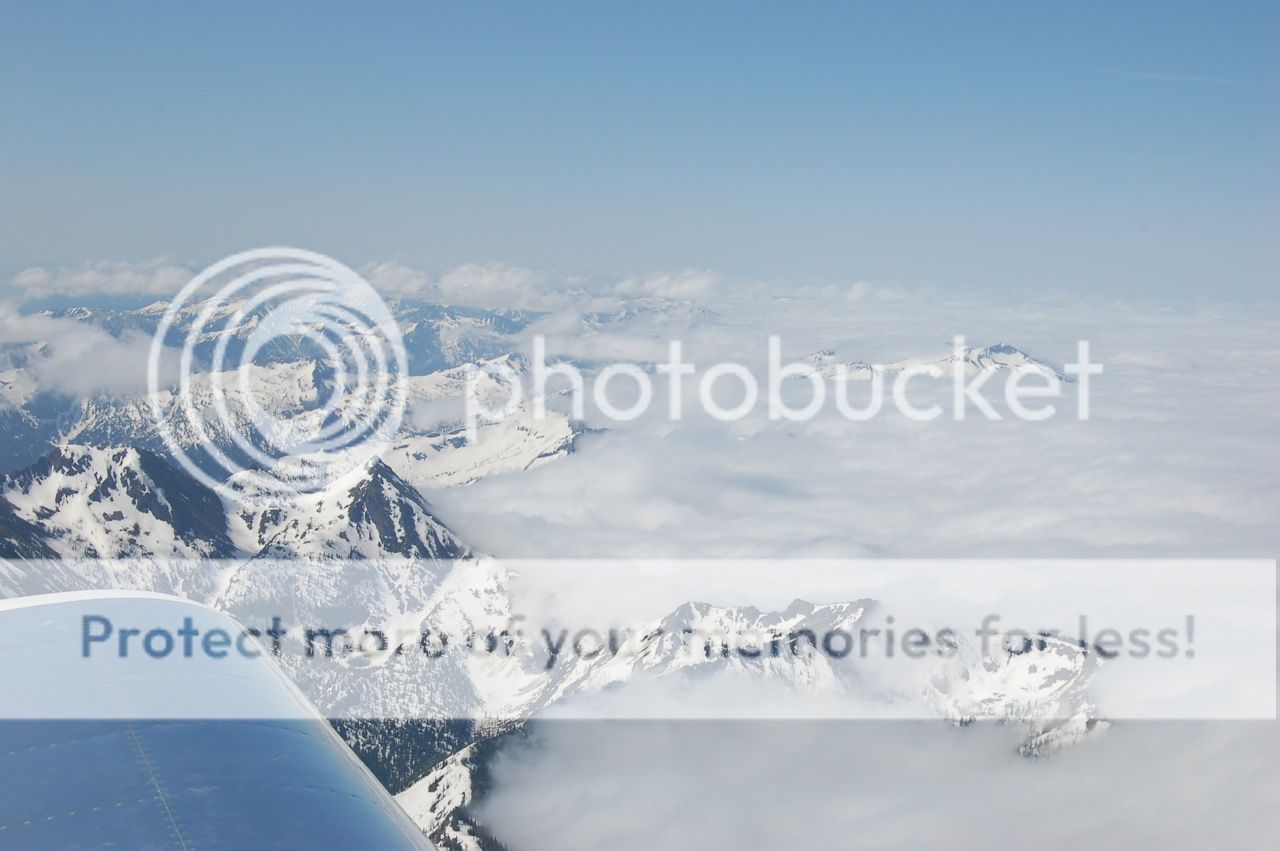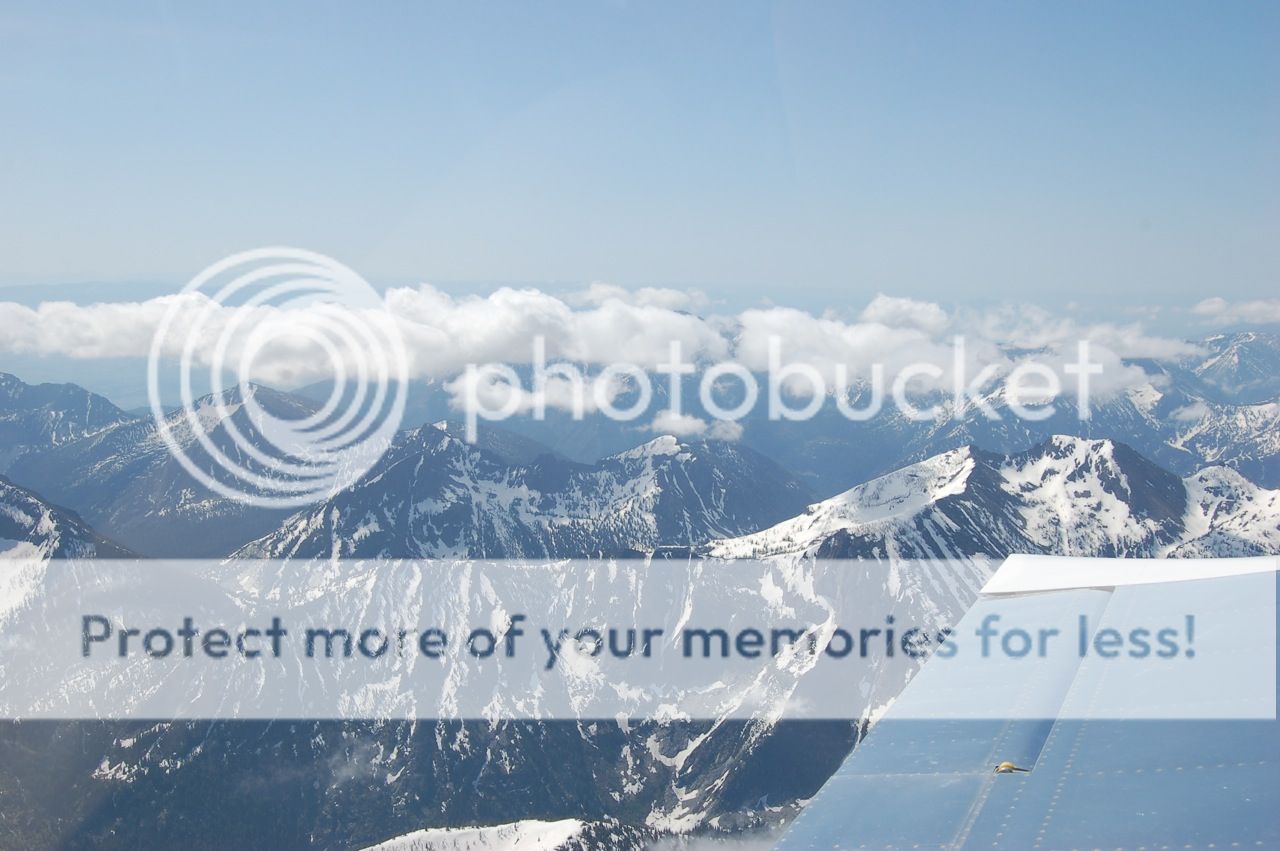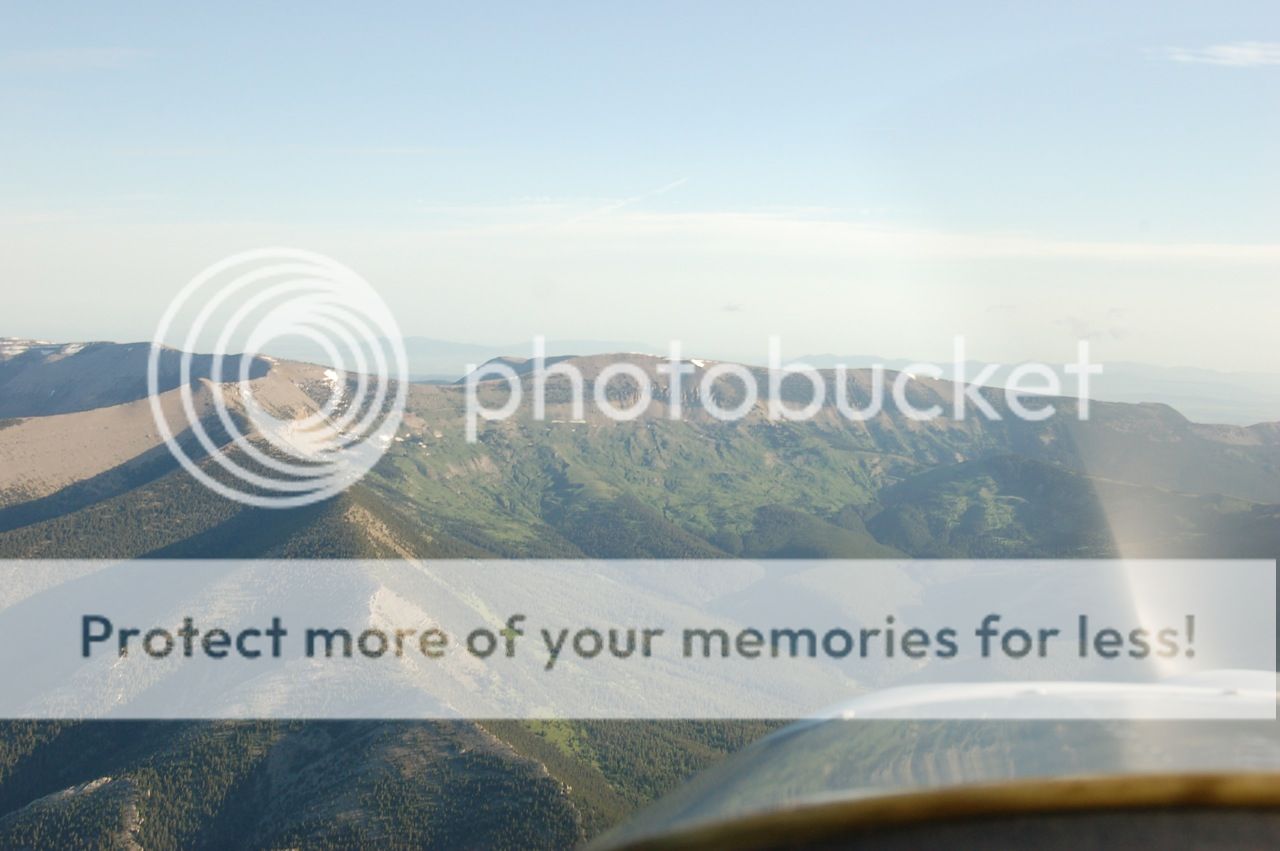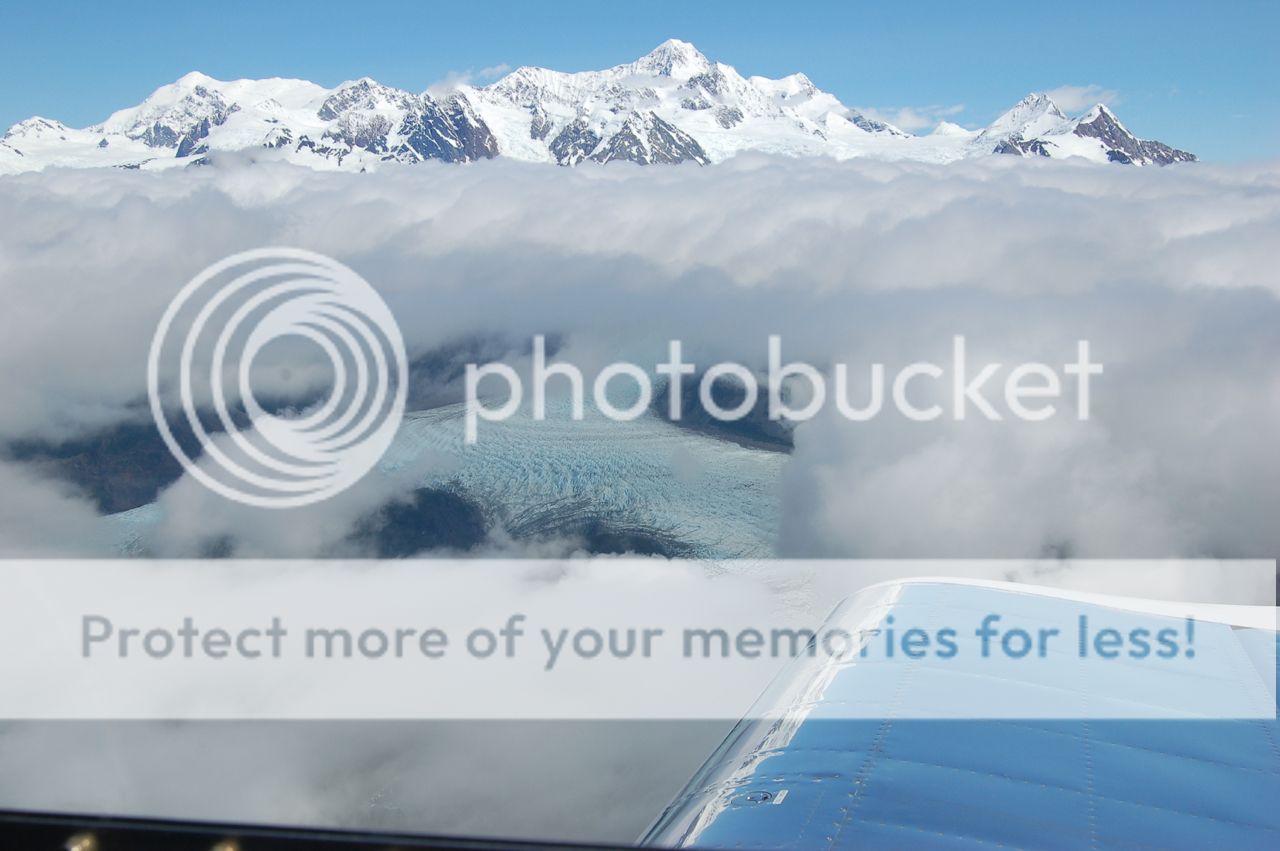AndyRV7
Well Known Member
I'm trying to find out what I would need to plan for or get additional training for if I wanted to fly across the country. I guess I can't get the phrasing correct because I can't find any discussion using the search.
Does anyone have any info or advice? Would be NJ to the NoCal area and back.
Thanks! Andy
Does anyone have any info or advice? Would be NJ to the NoCal area and back.
Thanks! Andy









